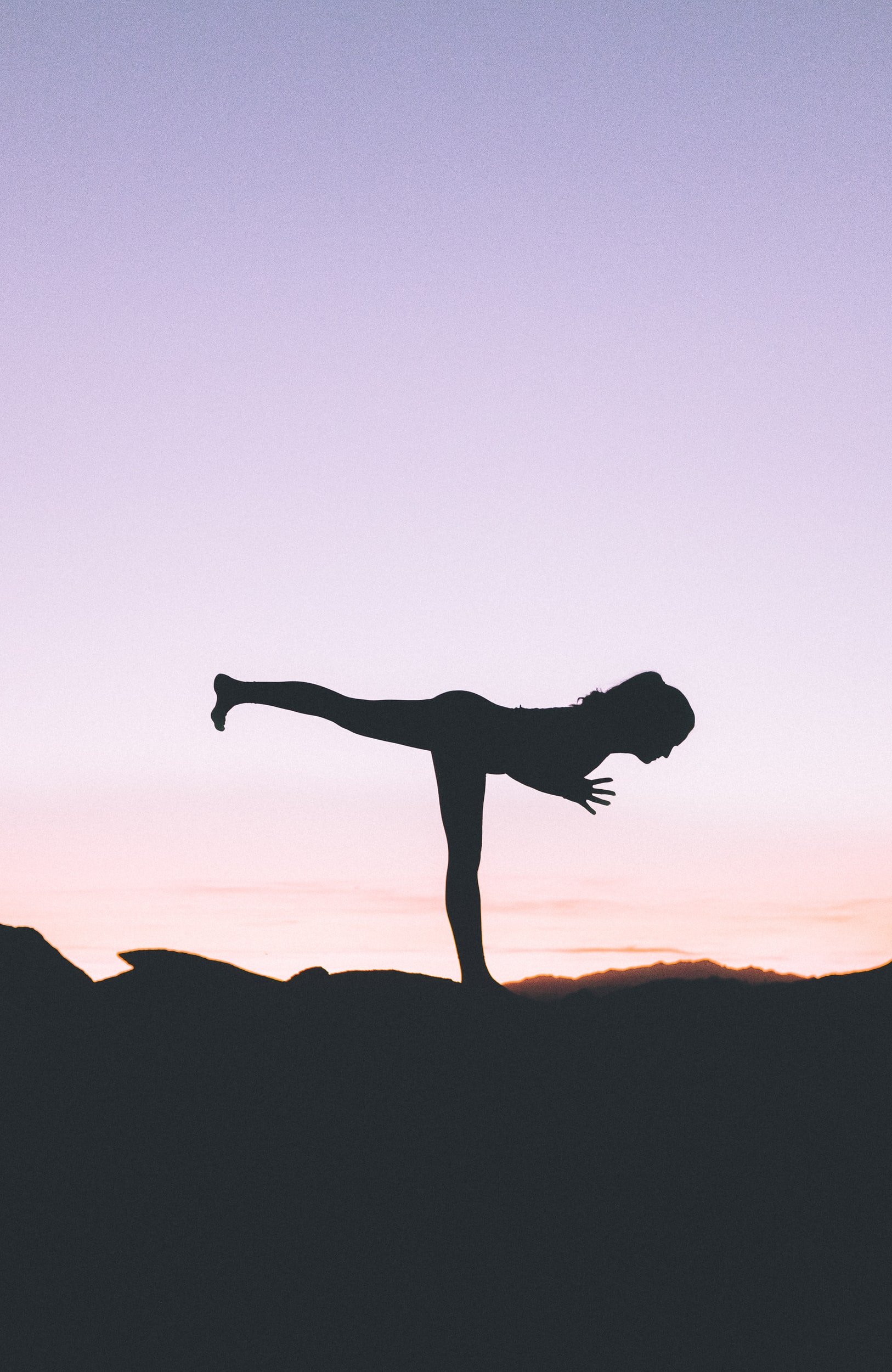Our mood can be easily influenced by external stressors out of our control. The reactivity of the brain in these situations comes down to conditioning. The more we pattern the neural pathways, the easier it will be to have a calm response. You can think of these neural pathways like hiking trails- when we walk over and over again on a certain trail, the path smooths and becomes easier to experience.
When we practice thoughts and reactions (whether positive or negative) the more that becomes the default in the brain and cements that specific path. We actually have the power to influence these paths, how often we walk them. The positive patterning allows for calmer reactions to any stressful circumstance that then becomes the consistent behavior.
A comprehensive Harvard University study found meditation can actually change the structure of the brain: Eight weeks of Mindfulness-Based Stress Reduction (MBSR) was found to increase cortical thickness in the hippocampus, which governs learning and memory, and in certain areas of the brain that play roles in emotion regulation and self-referential processing.
These 10-minute meditations are led by my team member Adam Peot, Certified Meditation Coach and Yoga Instructor. Adam has a gentle way of shifting physiology, always creating a sense of ease and zero pressure in a meditation practice.







